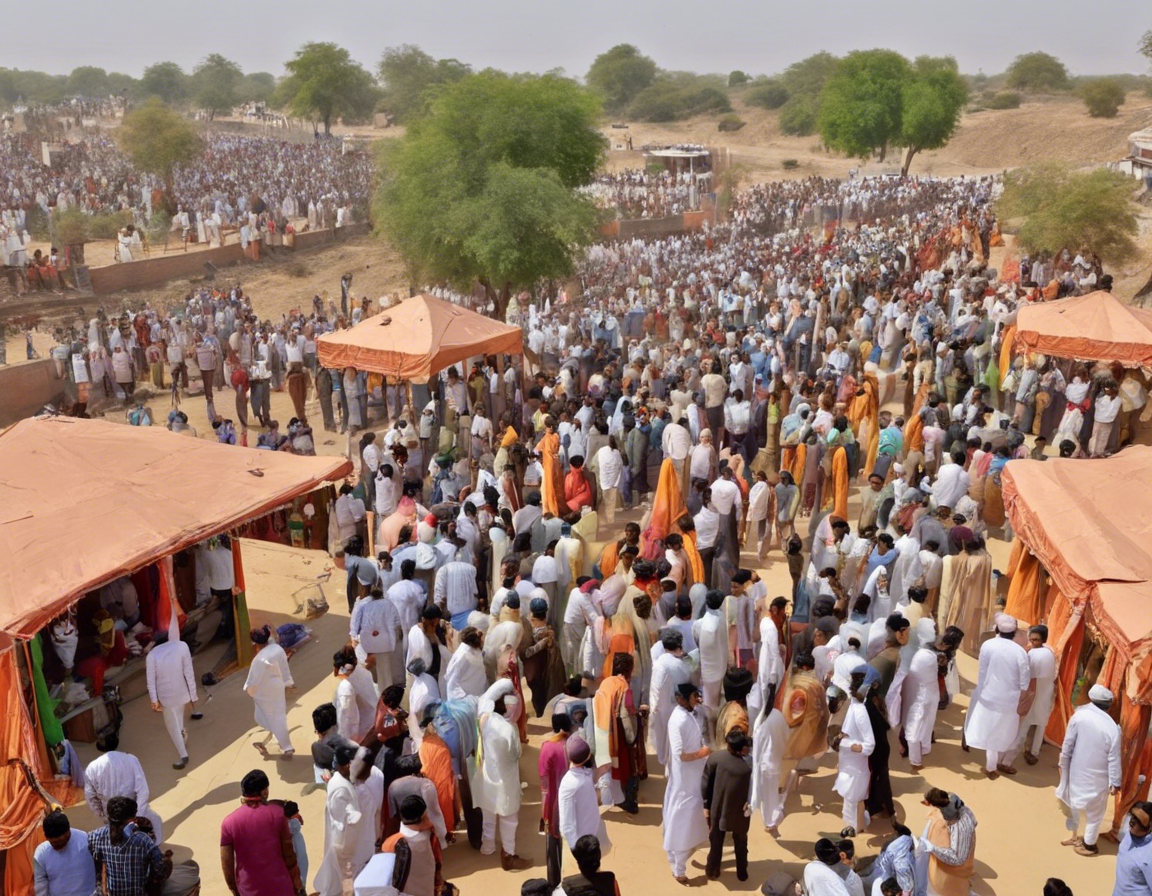
Introduction:
In today’s modern world, we come across numerous acronyms and abbreviations in various fields. One such common acronym that is widely used is ASI. ASI stands for Archaeological Survey of India, and it holds significant importance in the realm of archaeology and heritage preservation. In this article, we will delve deeper into what ASI is, its functions, history, importance, and its role in preserving the rich cultural heritage of India.
History of ASI:
The Archaeological Survey of India was founded in 1861 by Alexander Cunningham, who is often referred to as the father of Indian archaeology. The primary aim of establishing ASI was to explore, excavate, conserve, preserve, and protect India’s rich cultural heritage and archaeological sites. Over the years, ASI has played a crucial role in unraveling India’s historical past through its various archaeological endeavors.
Functions of ASI:
The Archaeological Survey of India is responsible for a wide range of functions aimed at preserving and promoting India’s archaeological and cultural heritage. Some of the key functions of ASI include:
-
Excavation of Archaeological Sites: ASI conducts excavations at various archaeological sites across India to unearth hidden treasures and unravel the mysteries of the past.
-
Conservation and Preservation: ASI is entrusted with the task of conserving and preserving monuments, sites, and artifacts of historical significance to ensure their longevity for future generations.
-
Maintenance of Monuments: ASI is responsible for the maintenance and upkeep of a vast number of monuments and sites of national importance, including iconic structures like the Taj Mahal and Qutub Minar.
-
Heritage Awareness: ASI plays a crucial role in creating awareness about India’s rich cultural heritage and history through various educational and outreach programs.
-
Regulation and Policy Formulation: ASI formulates policies and regulations related to archaeological activities, heritage conservation, and site management to ensure proper governance and protection of India’s heritage sites.
Significance of ASI:
The Archaeological Survey of India holds immense significance in the context of India’s cultural heritage and historical legacy. Some of the key reasons why ASI is crucial include:
-
Preservation of Heritage: ASI’s efforts in conserving and preserving India’s heritage sites help in maintaining the country’s cultural identity and historical legacy.
-
Promotion of Tourism: Many of the monuments and sites maintained by ASI are popular tourist attractions, contributing to the country’s tourism industry and economy.
-
Research and Education: ASI’s archaeological excavations and research activities provide valuable insights into India’s past, aiding in academic studies and historical interpretations.
-
National Pride: The work of ASI in safeguarding and showcasing India’s rich heritage instills a sense of national pride among its citizens and promotes cultural awareness and appreciation.
Challenges Faced by ASI:
Despite its significant contributions, the Archaeological Survey of India faces various challenges in carrying out its mandate effectively. Some of the key challenges include:
-
Funding Constraints: Limited budget allocations often hinder ASI’s conservation and excavation activities, leading to delays and underfunding of critical projects.
-
Lack of Infrastructure: Inadequate infrastructure and resources pose challenges in the maintenance and preservation of heritage sites, leading to issues like vandalism and neglect.
-
Encroachment and Urbanization: Increasing urbanization and encroachment around heritage sites threaten their integrity and authenticity, requiring constant vigilance and protective measures.
-
Technological Upgradation: Keeping pace with technological advancements in conservation and archaeological methods is crucial for ASI to enhance its efficiency and effectiveness.
Future Directions for ASI:
To address the challenges and continue its mission of preserving India’s rich cultural heritage, the Archaeological Survey of India can consider the following future directions:
-
Public-Private Partnerships: Collaborating with private entities and organizations can help in generating additional funding and expertise for heritage conservation projects.
-
Community Engagement: Involving local communities in the preservation and maintenance of heritage sites can foster a sense of ownership and responsibility, ensuring their long-term sustainability.
-
Digital Archiving: Leveraging digital technologies for archiving and documentation of archaeological findings can enhance accessibility and preservation of historical data.
-
Capacity Building: Investing in training and capacity building programs for ASI staff can enhance their skills and expertise in heritage conservation and archaeological research.
-
International Collaboration: Engaging in partnerships with international agencies and organizations can facilitate knowledge exchange, best practices sharing, and collaborative projects for heritage preservation.
Frequently Asked Questions (FAQs):
- What is the role of ASI in preserving India’s cultural heritage?
-
The Archaeological Survey of India is responsible for excavating, conserving, preserving, and protecting India’s rich cultural heritage and archaeological sites.
-
How does ASI contribute to tourism in India?
-
Many of the monuments and sites maintained by ASI are popular tourist attractions, contributing to the country’s tourism industry.
-
What are some challenges faced by ASI in its conservation efforts?
-
Challenges faced by ASI include funding constraints, lack of infrastructure, encroachment, and technological limitations in heritage preservation.
-
How can the public contribute to ASI’s efforts in preserving heritage sites?
-
The public can contribute by respecting heritage sites, following rules and regulations, volunteering for conservation activities, and spreading awareness about the importance of heritage preservation.
-
What are some notable achievements of ASI in Indian archaeology?
-
ASI has made significant discoveries such as the Indus Valley Civilization, Ajanta and Ellora caves, and the excavation of ancient sites like Harappa and Mohenjo-Daro.
-
Does ASI conduct educational programs for the public?
-
Yes, ASI organizes educational programs, workshops, seminars, and exhibitions to raise awareness about India’s rich cultural heritage and history.
-
How does ASI tackle the issue of illegal excavations and artifact smuggling?
-
ASI works closely with law enforcement agencies to combat illegal excavations, trafficking of artifacts, and heritage crimes through enforcement of laws and regulations.
-
What is the significance of World Heritage Sites designated by ASI?
-
World Heritage Sites designated by ASI are of outstanding universal value and are recognized by UNESCO for their cultural or natural significance, contributing to global heritage conservation efforts.
-
How can students pursue a career in archaeology with ASI?
-
Students interested in archaeology can pursue undergraduate and postgraduate degrees in archaeology, history, anthropology, or related fields to begin a career with ASI or other archaeological institutions.
-
How does ASI collaborate with international agencies for heritage conservation?
- ASI collaborates with international agencies such as UNESCO, ICOMOS, and other heritage organizations for knowledge sharing, capacity building, and collaborative projects aimed at heritage conservation.
In conclusion, the Archaeological Survey of India plays a pivotal role in preserving and promoting India’s rich cultural heritage for future generations. By addressing challenges, leveraging technology, fostering partnerships, and engaging with the public, ASI can continue to safeguard India’s archaeological treasures and historical legacy for years to come.







